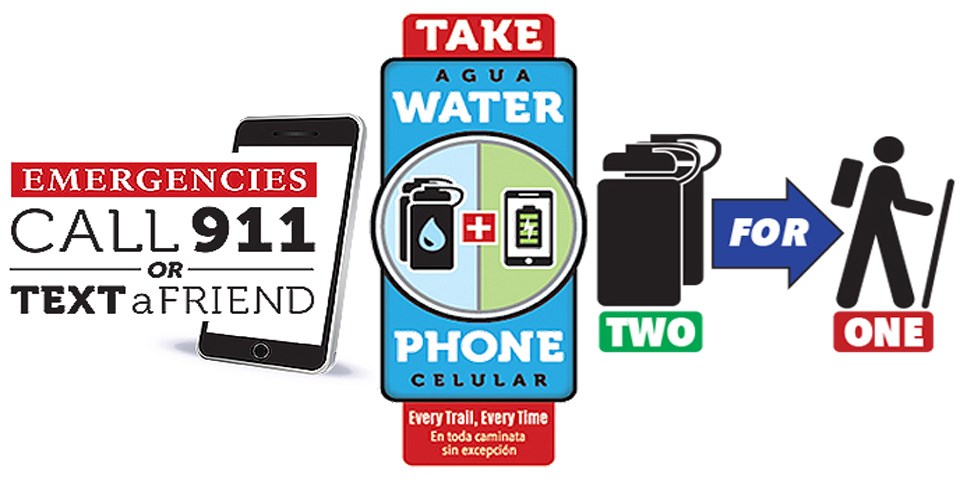
NPS Photo Exploring the outdoors comes with its risks. The National Park Service works to reduce those risks but your safety depends on your own good judgment, adequate preparation, and constant awareness. Keep in mind that minor and moderate health or medical issues can be easily exacerbated by hiking up and down steep dunes. The elevation at White Sands is 4,235 feet (1,291 m). This may have an effect on those traveling from lower elevations or sea level. Know your limits, pace yourself,and pay attention to how you are feeling. Your safety is your responsibility. Your tomorrow depends on the decisions that you make today. 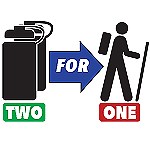
NPS Photo Water Remember water is life! Bring enough to survive. Drink water before you start hiking. Have at least one gallon (4L) of water per person, per day, as well as high-energy snacks such as fruit and nuts. Fill water containers at the visitor center. There is no water available in the dunefield. You will need more water than you think. When your water is half-gone, go back to your car. 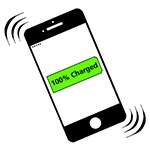
NPS Photo Cell Phone Start your hike with a fully-charged cell phone. Bring a portable charger if you have one. No outlets for electricity are available at the park. Turn your cell phone off or place in airplane mode while hiking. Conserving your battery for emergencies could mean life or death. In an emergency, call 911. Data and cellular signal strength can vary drastically throughout the park. You may be able to send a text tor help to a friend who can call 911 for you. 
NPS Photo Have a Plan Have a plan that includes what trail you will hike, what time you plan to leave and return. Leave that plan with someone who is not with you and can call authorities if you do no return from your hike at the time you planned. 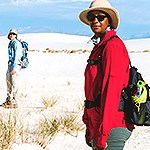
NPS Photo What to Wear and Bring The sun's reflection off of the white sand can cause severe sunburns. Wear a wide-brimmed hat, sunscreen with an SPF of 15 or higher, sunglasses, and lightweight, loose-fitting clothing with long sleeves and long pants to help protect skin from the sun. In addition, take the park map, a compass, a flashlight/headlamp and extra batteries, a whistle, a signal mirror, a first-aid kit, and extra clothes that can be layered for varying weather during your hike. A GPS unit may be handy but not always reliable here. 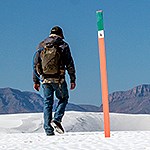
NPS Photo On the Trail Hiking in groups is the safest way to enjoy nature. Avoid hiking alone if possible. Always keep your children in sight. Do not allow them to get ahead of you or fall behind. When hiking in a group, each member of the group should carry water and food in case the party becomes separated. Follow the trail markers; look carefully for the next trail marker before continuing. If you cannot see the next marker because of blowing sand or if a marker is down, turn back. Make sure you are off the trail by sunset. 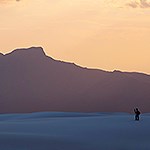
NPS Photo Off-Trail Hiking While off-trail hiking is not prohibited, we encourage all visitors to hike established trails to minimize safety concerns. If you choose to hike off-trail, please follow the safety guidelines and tell a friend or family member where you are going and the time you plan to return. Do not rely on your footprints. Many people get lost each year in the dunefield. Use a compass, familiarize yourself with landmarks, and know how to return to your car! 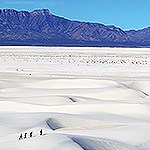
NPS Photo GPS UnreliabilityOccasionally GPS signals can be unreliable in the park. Please make sure to have an alternative form of navigation on you and don’t solely rely on your GPS. Keep a map and compass on you and always look around for landmarks.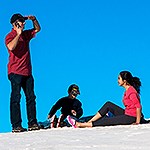
NPS Photo Staying Found. Stop! Do Not Wander! It is easy to become disoriented in the dunefield. Have a plan. Tell someone who is not in your party about your plans. Stay with companions while hiking. Separation can mean getting lost. Remember to keep your children in sight at all times Use park trail markers. Carry a park map and compass. Orient yourself to the landmarks, such as mountains, water towers, etc. GPS can be unreliable here. Have a fully-charged cell phone. Bring a portable charger if you have one. No outlets for electricity are available at the park. Turn your cell phone off while hiking. Conserve battery power for emergencies. Be prepared for the unexpected. If you become lost, stop and sit on top of a dune. Wandering can endanger your life and make finding you more difficult. Use a mirror or piece of aluminum foil to flash sunlight toward potential rescuers. If you have cell service, call 911. Describe your location to the dispatcher in as much detail as possible and your starting location. Data and cellular signal strength can vary drastically in the park. You may be able to text a friend for help so that they may dial 911 for you. Each year, park rangers respond to dozens of search or rescue incidents in the park. These frequently involve heat exhaustion, dehydration, and injuries. 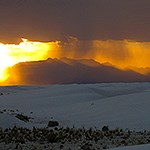
NPS Photo Weather Weather in the Tularosa Basin can change quickly. Temperatures can drop very quickly once the sun sets or during storms. Visitors need to be prepared for a variety of weather conditions. 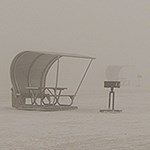
NPS Photo Wind During our windy season, February through May, dust storms can move-in quickly and reduce visibility, greatly increasing the chances of becoming disoriented. Do not hike-out during a windstorm, and do not rely on your footprints to return to your car as they may be erased by the wind in a matter of minutes. 
NPS Photo Heat During the summer months, May through August, daytime temperatures at White Sands can exceed 100°F (38°C) and drop to approximately 65°F (18°C) at night. June is usually the hottest month of the year. It is recommended that you do not start a hike if the temperature is at or above 85°F (30°C). 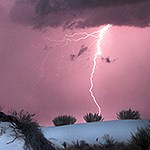
R. Burghart Photo Storms July through September is monsoon season at White Sands. Storms can quickly build. Lightning often occurs in the desert during thunderstorms, even if there is no rain. Remember "if you hear thunder roar, go indoors". Avoiding a thunderstorm before one arrives is the best way to stay safe. If you are in the dunefield during a lightning storm, take cover in a solid, closed-door building like our restrooms or in your vehicle. If you are not near any of these shelters, squat low to the ground and place your hands over your ears and your head between your knees. 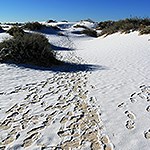
NPS Photo Cold During the winter, November through February, early-morning and nighttime temperatures are frequently below freezing. Daytime temperatures can range from 30°F to 60°F (-1°C to 15°C). Dress in layers that can be easily removed or added as needed. 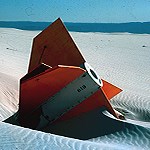
NPS Photo Unexploded Ordinance We are surrounded by an active missile range. From time to time, debris from missile tests falls into the park and is buried by sand. If you see any strange objects, do not touch them as they may still be able to detonate. Make a note of their location and tell a ranger so that appropriate personnel may remove the object in question. |
Last updated: May 29, 2024
